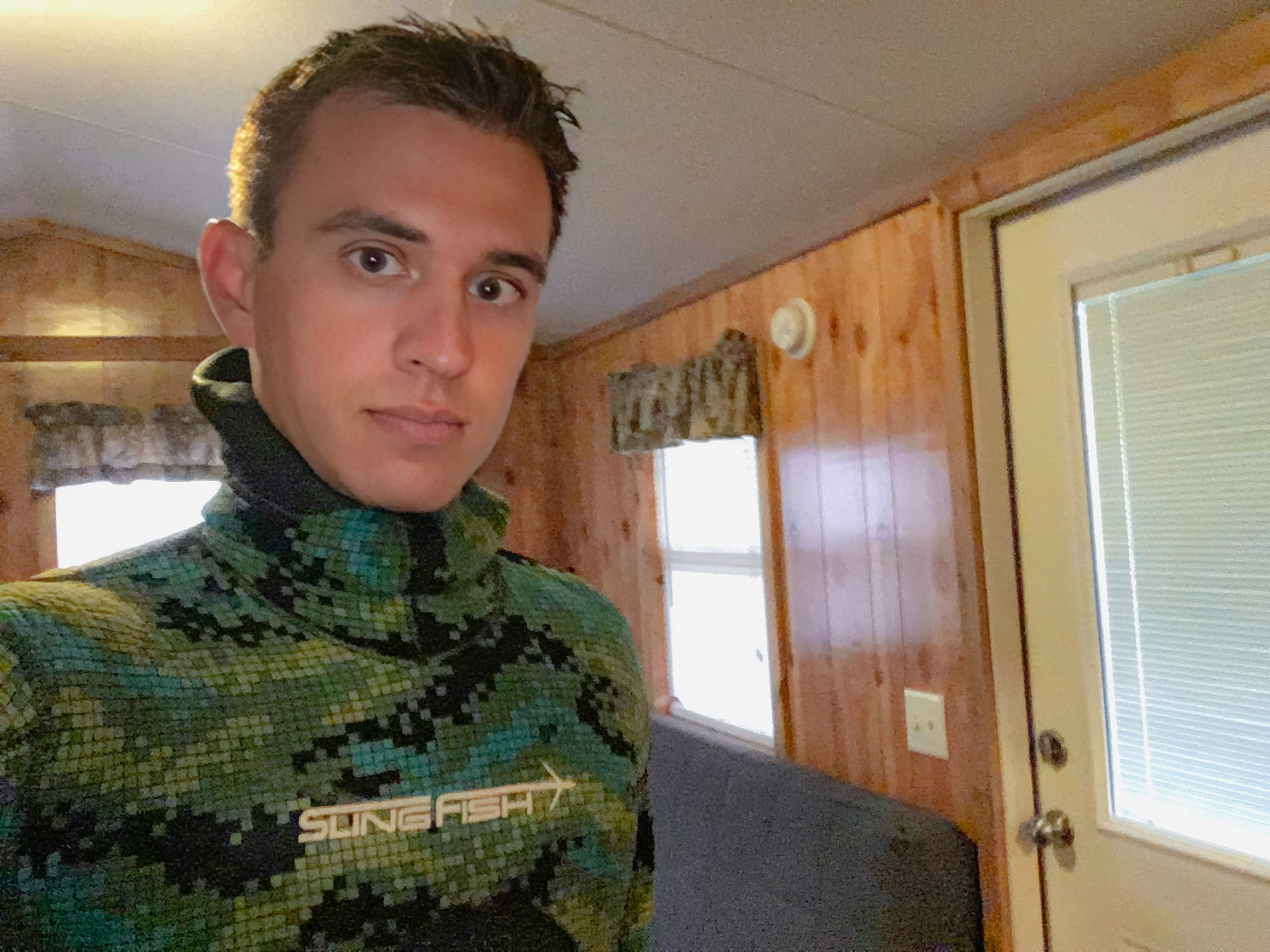Learning to freedive

When I first saw images of tankless divers swimming deep into the ocean, I was stunned.
Until last month, I had no idea freediving was possible, much less a professional sport.
People can hold their breath for more than four minutes and dive down 100+ meters on a single breath of air? I couldn't believe it. I also immediately wanted to learn how.
The same hour I found out freediving existed, I signed up for one of the few available PADI Freediver courses in the US.
I flew from Washington, DC to Tampa, Florida, and drove over to the Blue Grotto in Ocala.
While staying at the grotto, I completed both my Freediver and peak water buoyancy (PWB) scuba certifications.
The freediver course was amazing. I learned so much, including the big secret that makes freediving possible – the urge to breathe is your body trying to expel carbon dioxide; you completely running out of oxygen.
In just 48 hours, the techniques I was taught increased my breath-hold time from 45 seconds to three and a half minutes.
The PWB scuba specialty training was also great. That class consisted of two dives in the Blue Grotto cavern with an instructor.
On the first dive, the test was to remove my mask, put it back on, and clear it while hovering – not ascending or descending more than one meter.
On the second dive, the test was to adjust the air in my buoyancy control device (BCD) to stay properly trimmed as we navigated through narrow, inky black cavern passageways from a depth of 40ft to 90ft and back.
Following the action-packed weekend in Florida, I took a Nitrox certification course with Blue Planet Scuba back in Washington, DC. Nitrox contains less nitrogen than regular air. Diving with this enriched air can enable me to stay underwater longer with shorter surface intervals.
